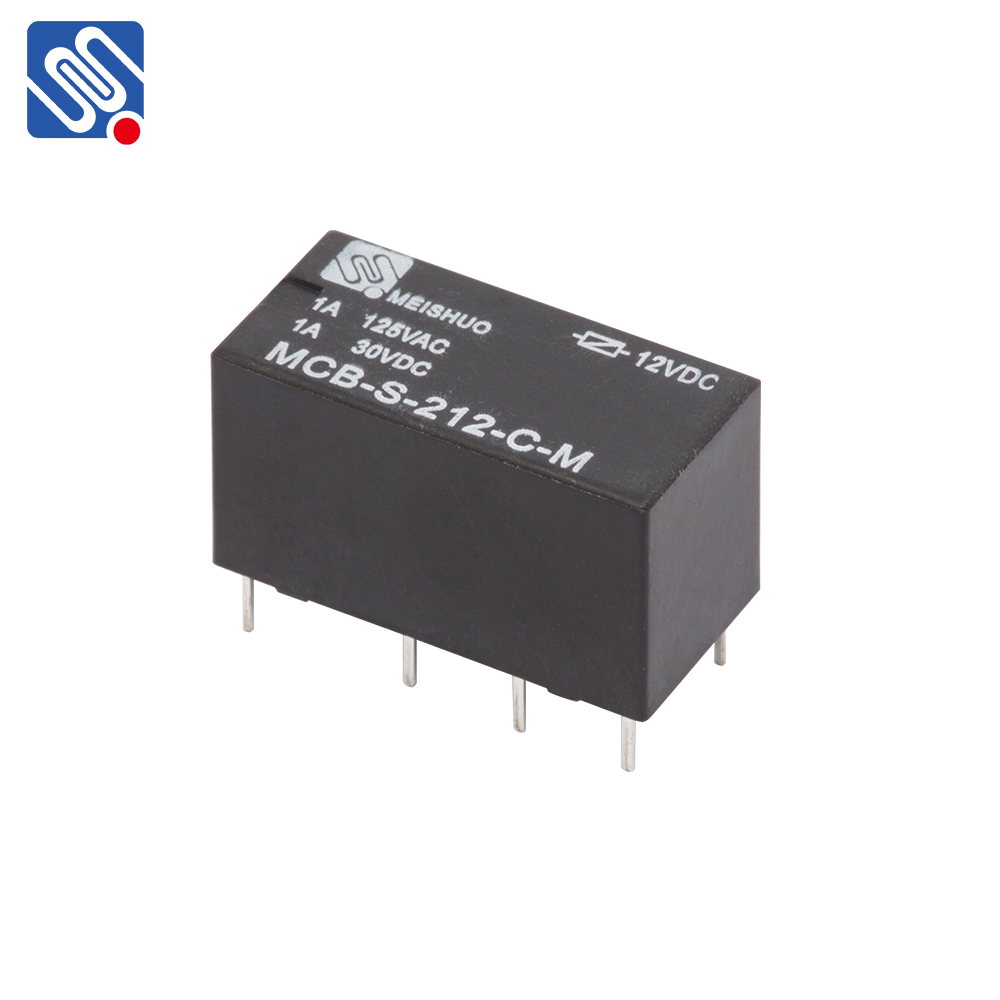In modern electrical and electronic systems, relay signals play a pivotal role in controlling devices and circuits with precision and safety. A relay is an electrical switch that opens and closes under the influence of an external control signal. Through relay signals, circuits can be controlled remotely, allowing low-power devices to manage high-power systems efficiently. This article explores the workings, types, applications, and importance of relay signals in various industries and systems.

What is a Relay? At its core, a relay is an electromechanical switch that opens or closes a set of contacts in response to an electric current passing through its coil. When the relay coil is energized by a control signal, it generates a magnetic field, pulling the armature and causing the contacts to either close or open. The switched contacts then control the higher-power circuit, thus performing the desired action. Relays have different contact configurations, such as Normally Open (NO) and Normally Closed (NC), which define whether the contact is open or closed in the default state.
Leave a Reply